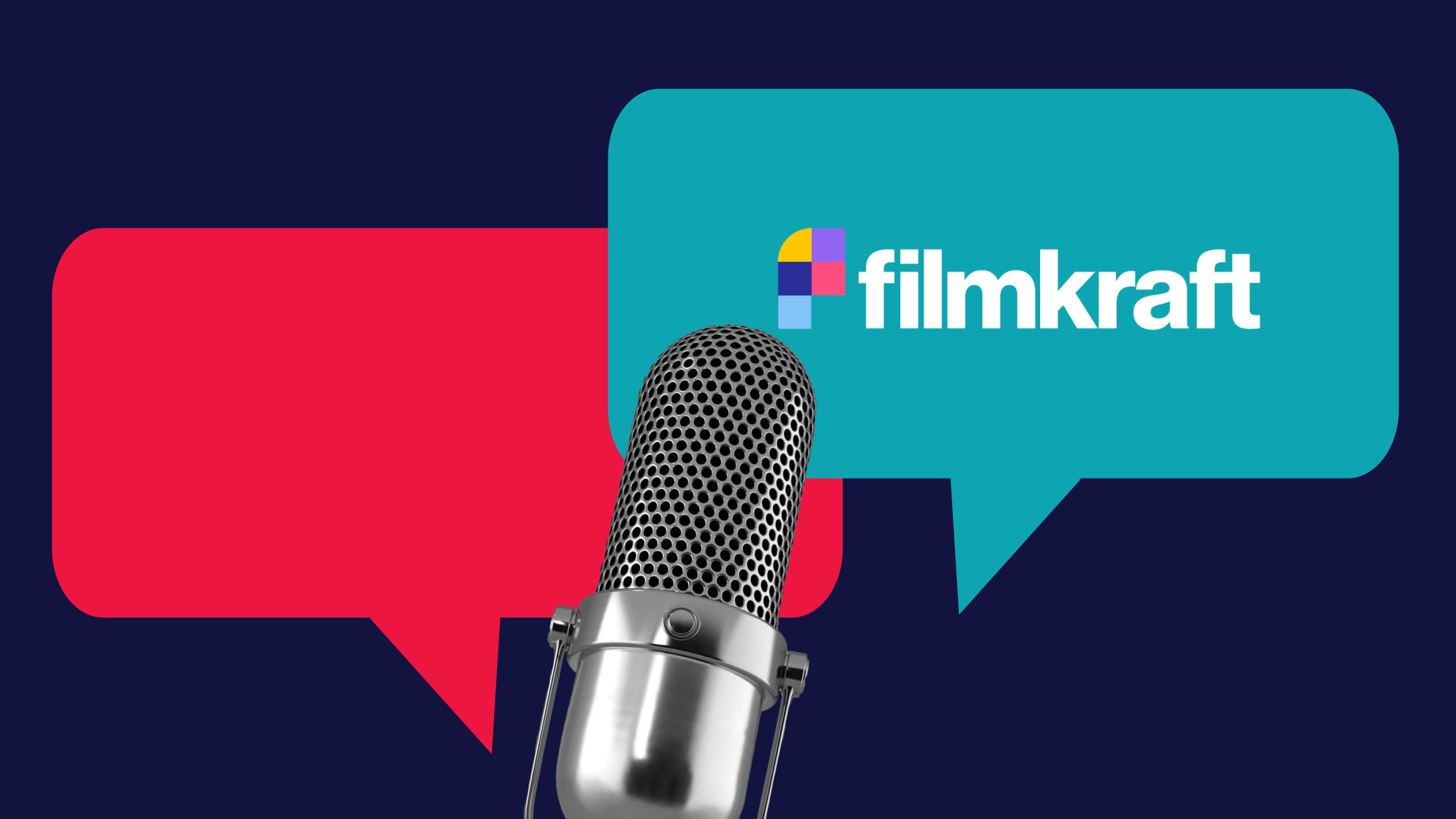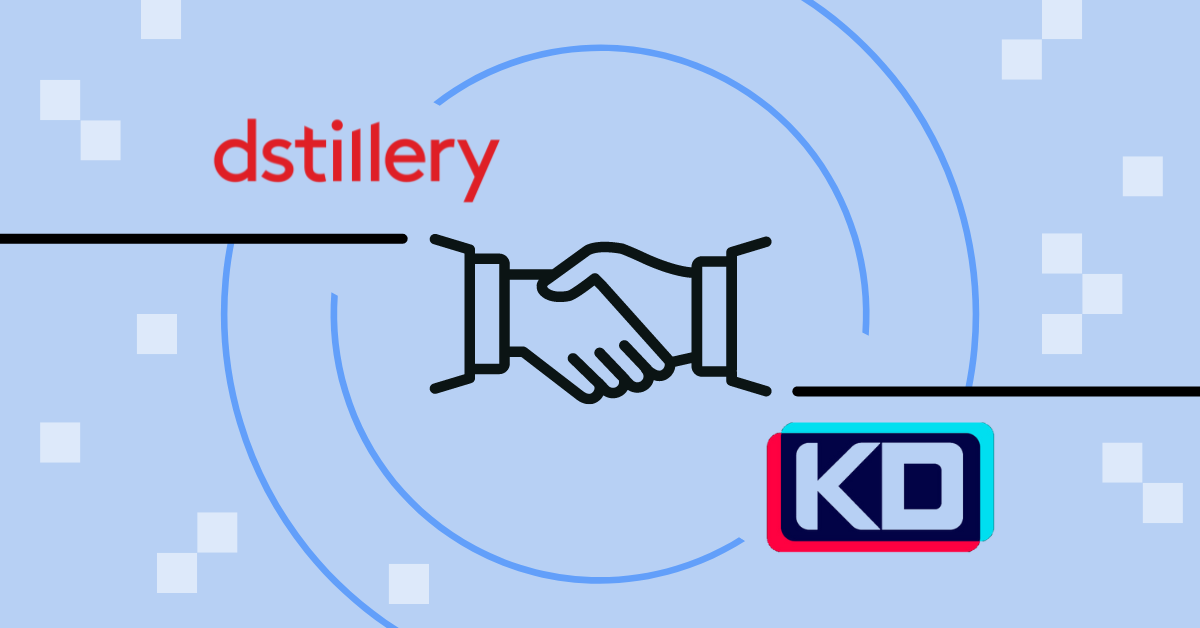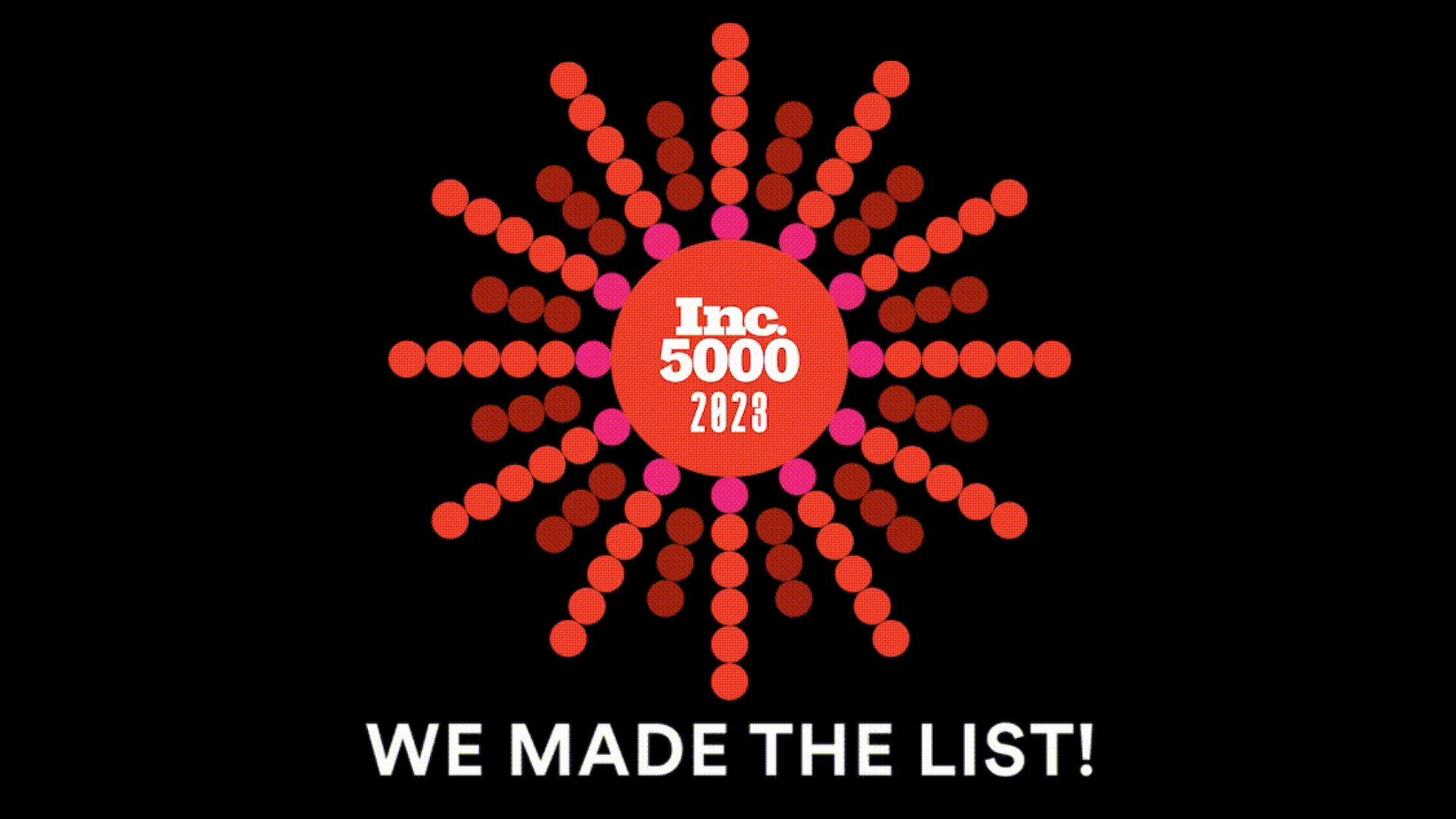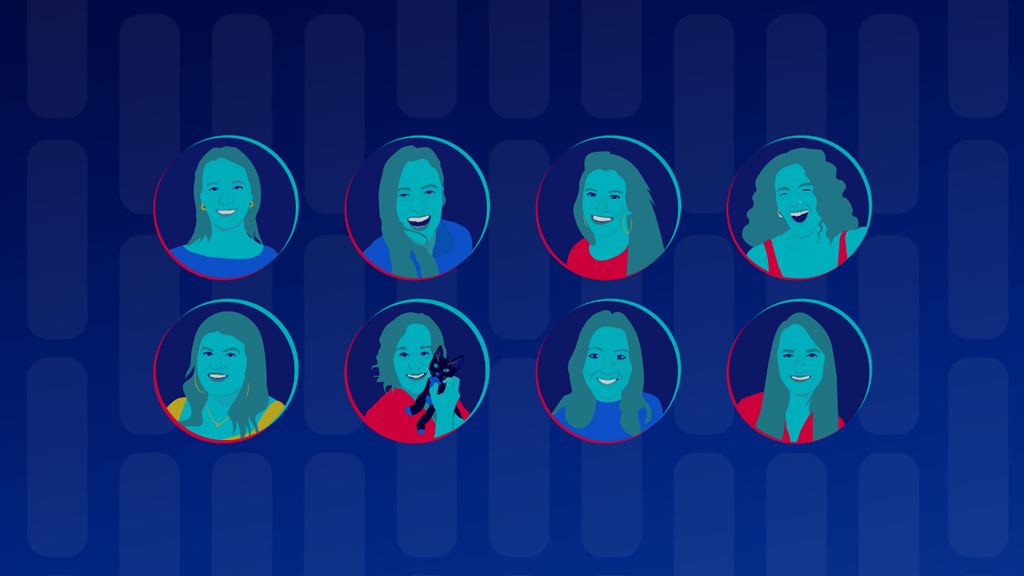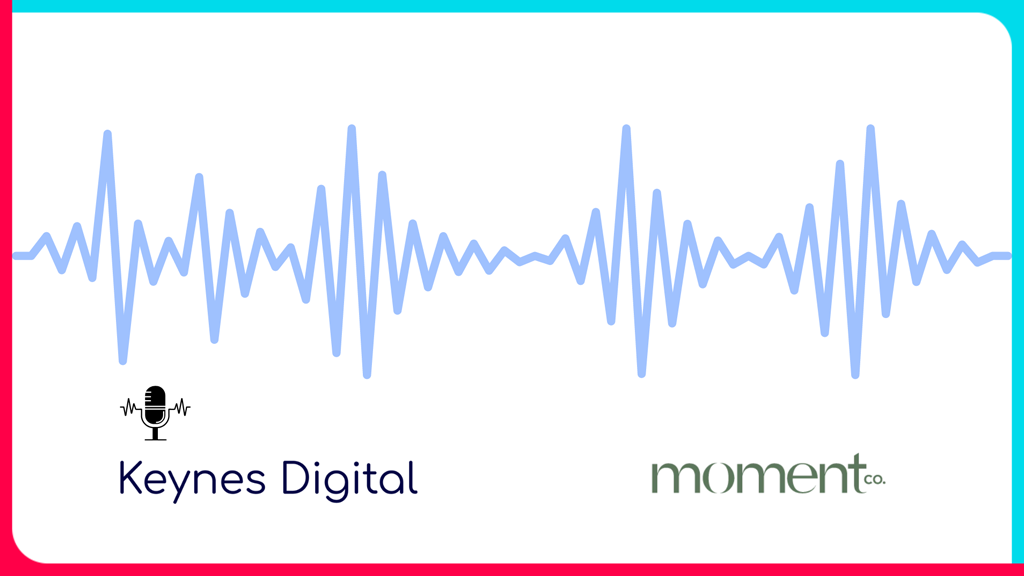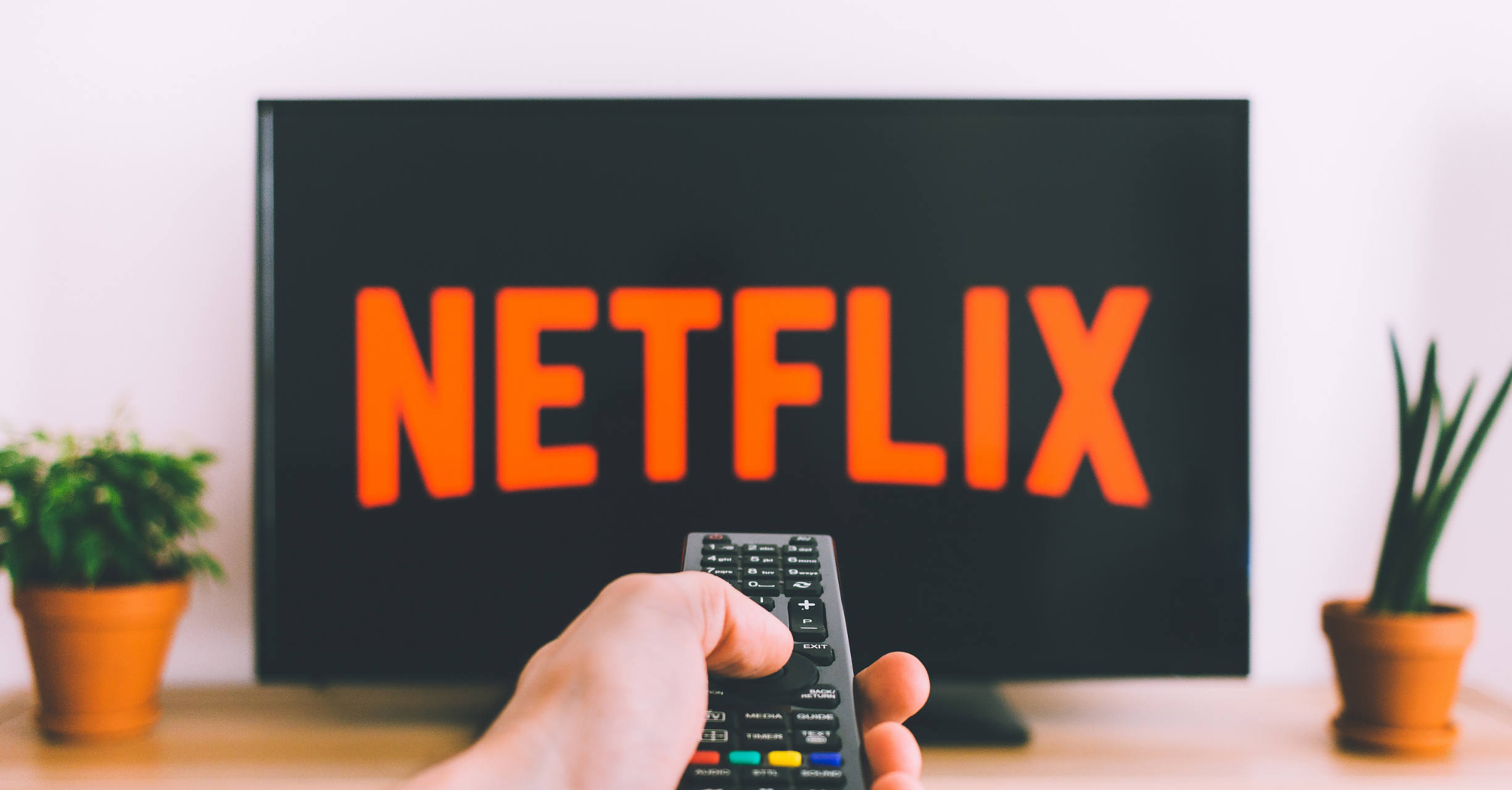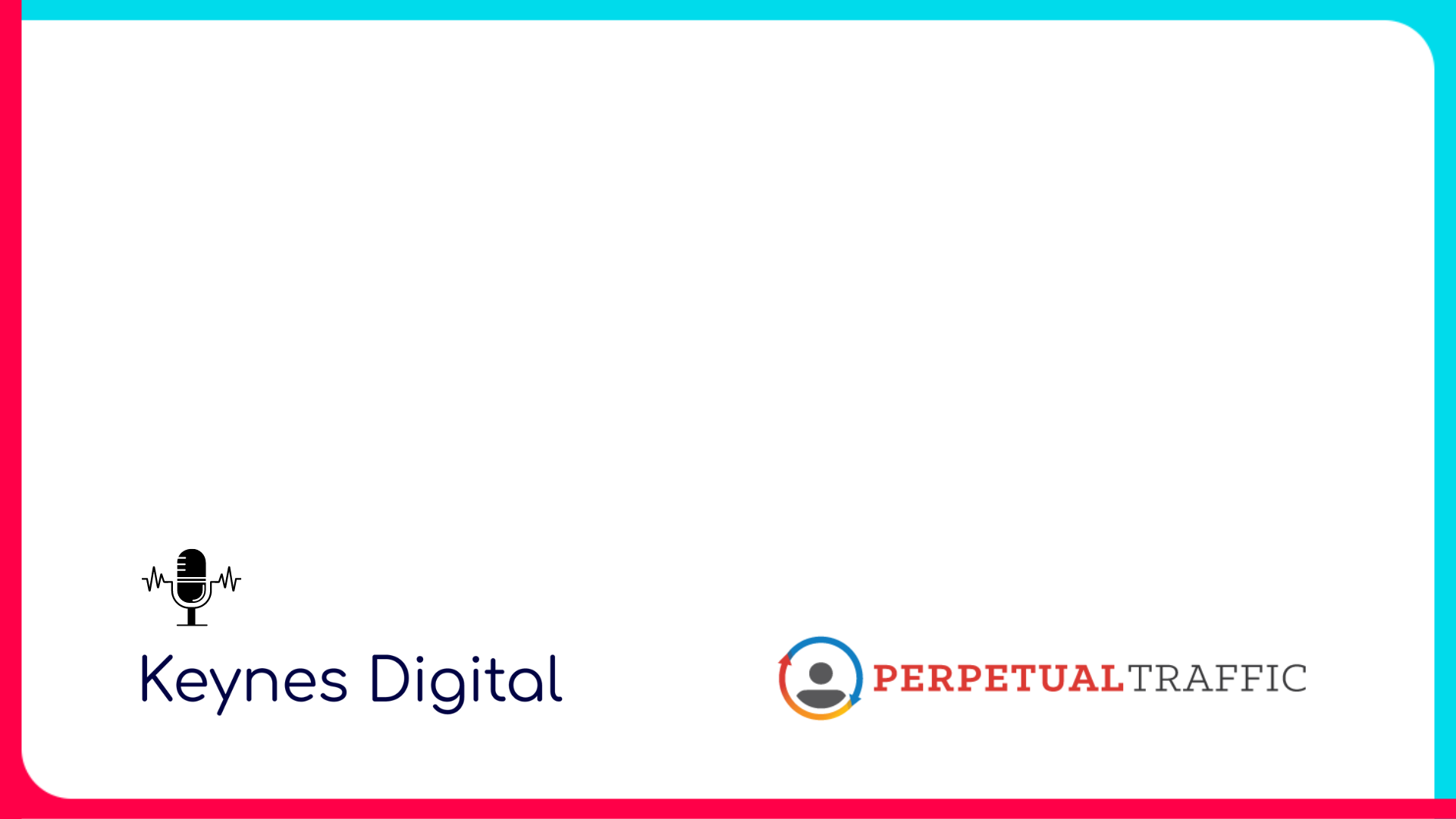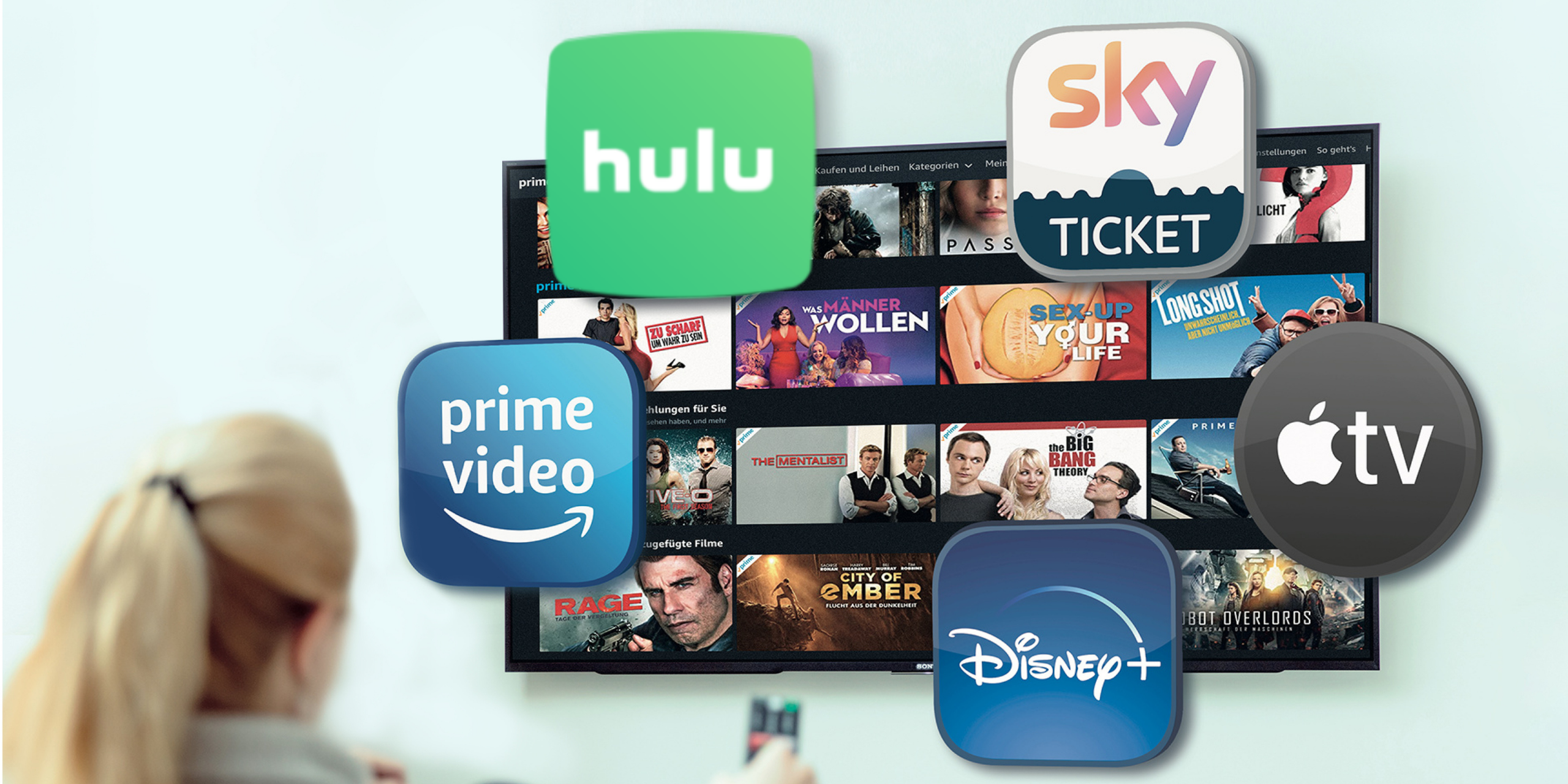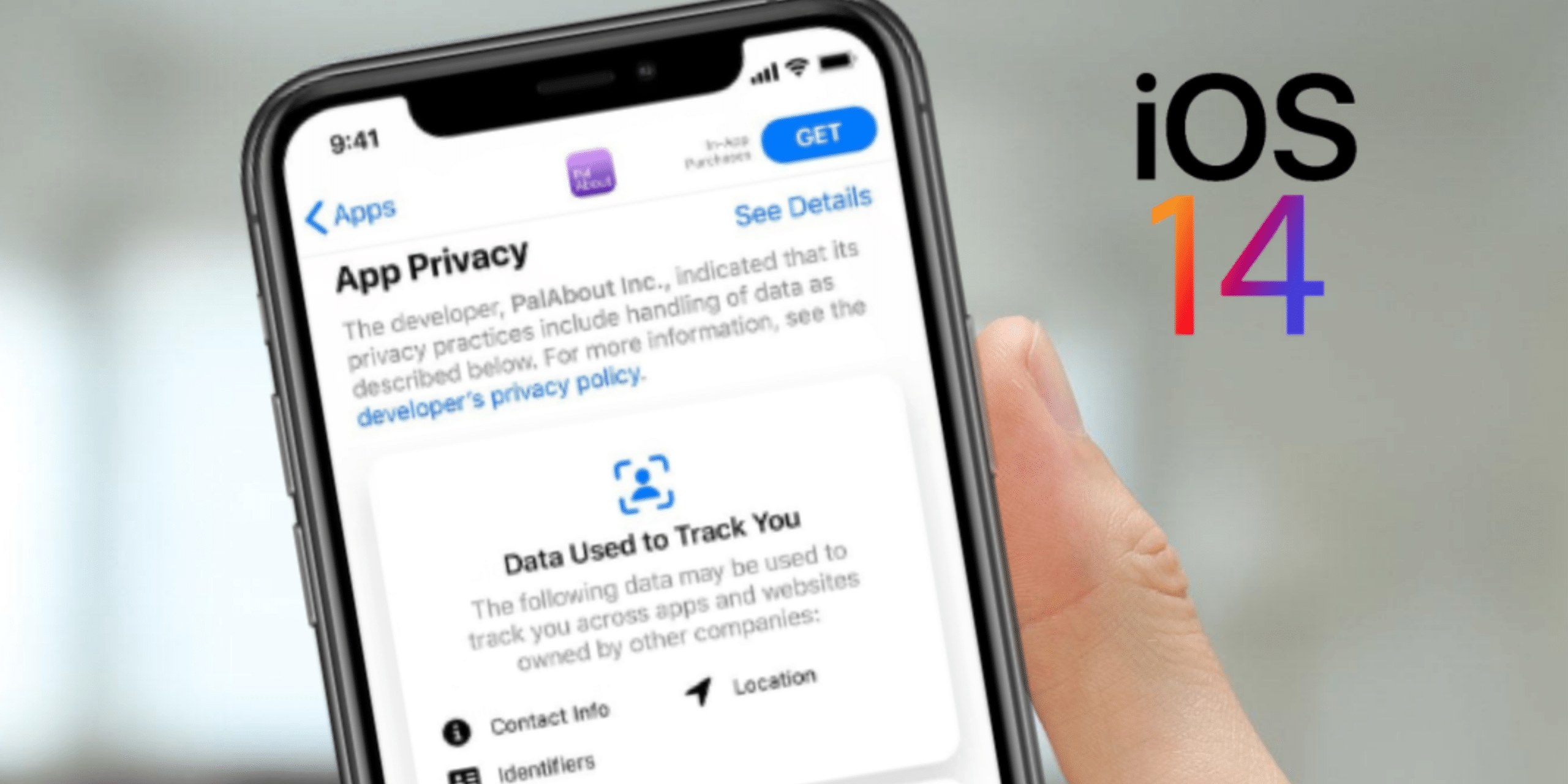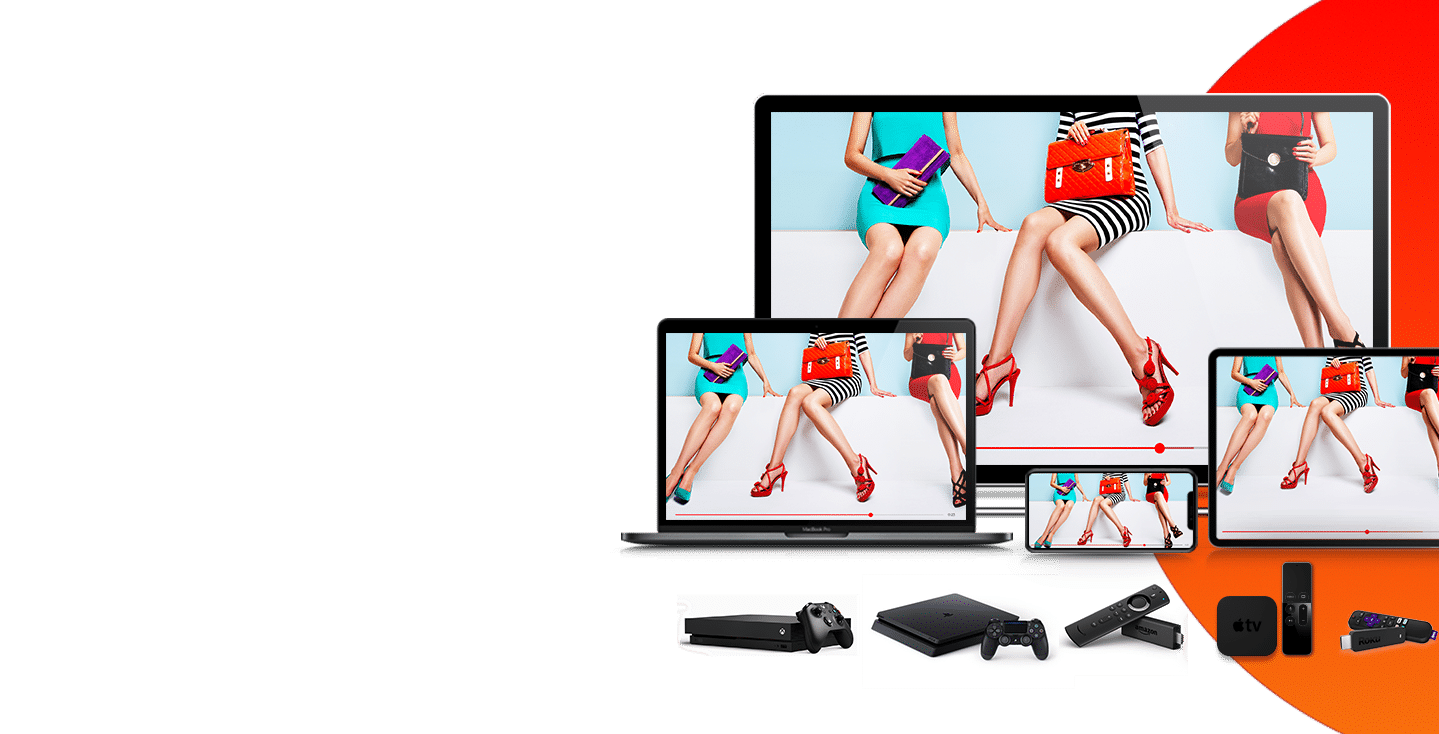Like any growing programmatic channel, digital TV has an array of confusing acronyms and buzzwords. Keynes constructed a cheat sheet to make things a bit simpler.
Digital TV Consumption & Content Models
Every Day Terms
VOD “Video-On-Demand”
VOD streaming is a video content consumption model hosted and stored in a digital library powered by the internet or a cable subscription. Unlike a traditional TV cable schedule, VOD works at the consumer’s convenience to provide a large sum of TV content at any moment from any device (TV, desktop, mobile, tablet). Content options include access to:
- Free content
- Subscription content
- For purchase or rent content
OTT is a subset of VOD. OTT is any direct-to-consumer television content delivered to viewers entirely over the Internet, instead of having to subscribe to any traditional cable packages — think Apple TV, Hulu, and HBO. Streaming this content can be done through any device, such as mobile, laptops, tablets or smart television sets.
CTV is a subset of VOD and is very similar to OTT. A Connected TV is a device (think smart TVs) connected to the internet, that enables viewers to consume television content through premium networks, or OTT content. Some devices include Apple TV, Roku, Chromecast, Xbox, and Amazon Fire.
Addressable TV
Addressable TV is the technology that enables advertisers to serve different commercials to different households while watching the same TV program or network. It assists advertisers in reaching the right viewers with video messages specific to them.
Programmatic TV is the process that uses digital technology to automate buying ads on traditional TV with data. It’s a method advertisers use to set up and serve a traditional TV campaign to specific consumers and use those insights to optimize targeting capabilities.
OLV “Online Video”
OLV is any form of video content streamed over the internet. This includes in-stream, out-stream, interactive, in-game, and webpage-based videos on any device, like mobile, laptops, tablets, or smart TVs.
Live Streaming
Live streaming means that the TV content a user is watching is being streamed on the TV screen directly over the internet. Think real-time viewing. The live content is delivered by a paid streaming service or directly by the network and can be viewed at any time.
Linear TV “Regular Television”
Linear TV is your good ole traditional cable or broadcast television viewing through a cable or satellite subscription service. Networks run specific channels that deliver viewable and constant content. You’re on the networks’ schedule, so what is pre-planned to air on that network is what you get.
FEP “Full Episode Player”
FEPs are Connected TV / OTT TV video commercials that are served via OTT network apps or websites online. These resemble a traditional TV experience, i.e. non-skippable and 15, 30, or even 60 second long TV spots. These are crucial spots for advertisers, especially as they’re often served during “binge-watching”, long-form shows. These are direct response video spots if approached adequately.
FAST “Free Ad Supported TV”
FAST is a Connected TV advertising platform leveraging networks of channels. It is what it reads! Free content delivered in a traditional TV viewing format on free streaming platforms. The catch–it’s fully supported by the advertising companies that are displaying their campaigns to you. Examples include Samsung TV, Tubi, PlutoTV, Xumo, Roku.
More Advanced Terms
mVPD “Multichannel Video Programming Distributor”
mVPD is a service delivering VOD-recorded content and a selective set of premium content on cable or satellite television. This content can only be viewed on television sets.
vMPVD “Virtual Multichannel Video Programming Distributor”
vMPVD (emphasis on the “v”) is also referred to as streaming TV services. It’s a platform that delivers live or linear television, such as live sports, solely through a connected device to the internet. It mimics a traditional linear browsing and viewing experience of broadcast or cable content. Some recognizable platforms include Sling TV, Hulu Live TV, YouTube TV, fuboTV and PlayStation Vue.
SVod “Subscription Video-On-Demand”
SVod is a paid subscription service offering video streaming content. It’s quite similar to a traditional, flat-rate TV subscription, yet more convenient with the ability to browse the sizable streaming options. SVod includes advertised paid or advertiser subsidies content as well as nonadvertising platforms, such as Netflix or HBO Max.
AVod “Advertising-Based Video-On-Demand”
AVod is free content in exchange for served advertisements. These ads occur during break times when watching premium content on TV platforms, such as Tubi, Pluto TV, Hulu, The Roku Channel and Peacock.
TVod “Transactional Video-On-Demand”
TVod is a purchase of streaming content on a pay-per-view (PPV) basis, like Google Play and iTunes. There are two sub-categories to note:
- Electronic-sell-through (EST) is a digital sale of a piece of content for permanent access.
- Download-to-rent (DTR) is a digital rental of a piece of content for a limited time.
BVod “Broadcaster Video-On-Demand”
BVOD is an ad-supported platform that offers traditional live TV broadcast programming and content made available online or on-demand.
TVE “TV Everywhere”
TVE is a service offered through cable networks that allows their customers to access television content on any device (TV, desktop, mobile, tablet). It allows advertisers to serve ad campaigns during live cable TV, video-on-demand, and watching content from the internet (OTT).
Connected TV Terms
Connected TV Devices
Streaming Device
Streaming devices have no wait times. A streaming device is a device that delivers media from the internet to a user’s home television in a nonstop “stream”. So, as long as a user has an internet connection, they won’t be waiting for an entire TV show or movie to download before consuming.
Smart TV’s are televisions with a built-in connection to the internet to stream favorite TV content. So, no sticks or dongles required. Many smart TVs offer web browsers and apps that allow a user to access their favorite platforms and content.
Connected TV Measurement Metrics
Reach
Reach measures the number of unique users exposed to an Advertisers’ Connected TV ad. This engagement is tracked through cross device technologies across digital devices. It indicates the percentage of the targeted population that has seen at least one Connected TV spot. CTV is all Advertiser’s go-to branding channel.
Formula: REACH = IMPRESSIONS/FREQUENCY
Frequency
Frequency is similar to reach. Not all ad impressions are viewed ads. Frequency measures the average number of times an Advertiser’s Connected TV ad is given to a user. Knowing this saves us all from having to watch the same ad over and over again.
Formula: FREQUENCY = IMPRESSIONS/REACH
Competitive separation
Competitive separation is similar to frequency. It measures the length of time between TV commercials for one product during one TV show.
GRP “Gross Rating Point”
GRP measures the number of users within an Advertiser’s target audience who saw the Connected TV ad.
Formula: GRP = REACH (%) x AVG. FREQUENCY (#) x 100
CPP “Cost Per Point”
CPP measures how well an Advertiser’s Connected TV ads reach their desired audience for the given price. It’s what the Advertiser pays per gross rating point.
Formula: CPP = TOTAL MEDIA COST ($) / GRP
eCPM “Effective Cost-Per-Mille”
eCPM measures how much an Advertiser pays for every 1,000 impressions of their Connected TV ad content. This can be more expensive than video advertising for mobile or desktop. However, these expenses largely depend on which agency an Advertiser partners with to reduce the number of wasted impressions while strengthening their brand name.
Formula: eCPM = (AD SPEND / IMPRESSIONS) x 1,000
Connected TV Targeting Capabilities
First-Party Data Targeting
First-party data targeting is using an Advertiser’s current visitors and customers to reach them via the big screen.
Third-Party Data Targeting
Third-party data targeting is bought from data providers to target households based on traits and interests like age, gender, income, presence of kids, or shopping intent.
LAL “Lookalike” Modeling
Lookalike modeling creates similar audiences based off of an Advertiser’s current site visitors and converters. Combining first-party data against third-party data segments allows for high chances of identifying new users at a lower cost.
CTV “Connected TV” Retargeting
Connected TV retargeting allows for an Advertiser to target its viewers across other devices associated with a user.
Cross-Device Targeting
Cross-device targeting uses a number of cross-device technologies to collect CTV device data and confidently boost audience reach across multiple screens associated with a user.
Addressable TV Targeting
Addressable TV targeting shows different ads to different households while watching the same program. It’s a term to enclose all the technologies used to record ad relevance and impact when watching TV.
Household Targeting
Household targeting is actually quite similar to addressable TV. In this method of targeting, households are served advertisements based on their IP (Internet Protocol) addresses, but target users only within the same household.
Behavioral Targeting
Behavioral Targeting reaches consumers based on their previous actions or interests to match relevant users with an Advertiser’s message.
Connected TV Ad Parameters
Device Targeting
Device targeting allows for targeting an audience based on which device type. In this case, Connected TV is the device type.
Device Make / Model
Device make / model allows for the ability to choose from specific models of OTT devices, gaming consoles, and smart televisions.
Frequency Capping
Frequency Capping applies a restriction at the ad-group level to control the frequency of served ads within a user’s household.
Geography
Geography generates a brand impact with national targeting or narrowed down to certain areas to target.
Time and Day
Time and Day creates filters based on an Advertisers viewers’ schedules, or kept at all times of day to maximize scale.





